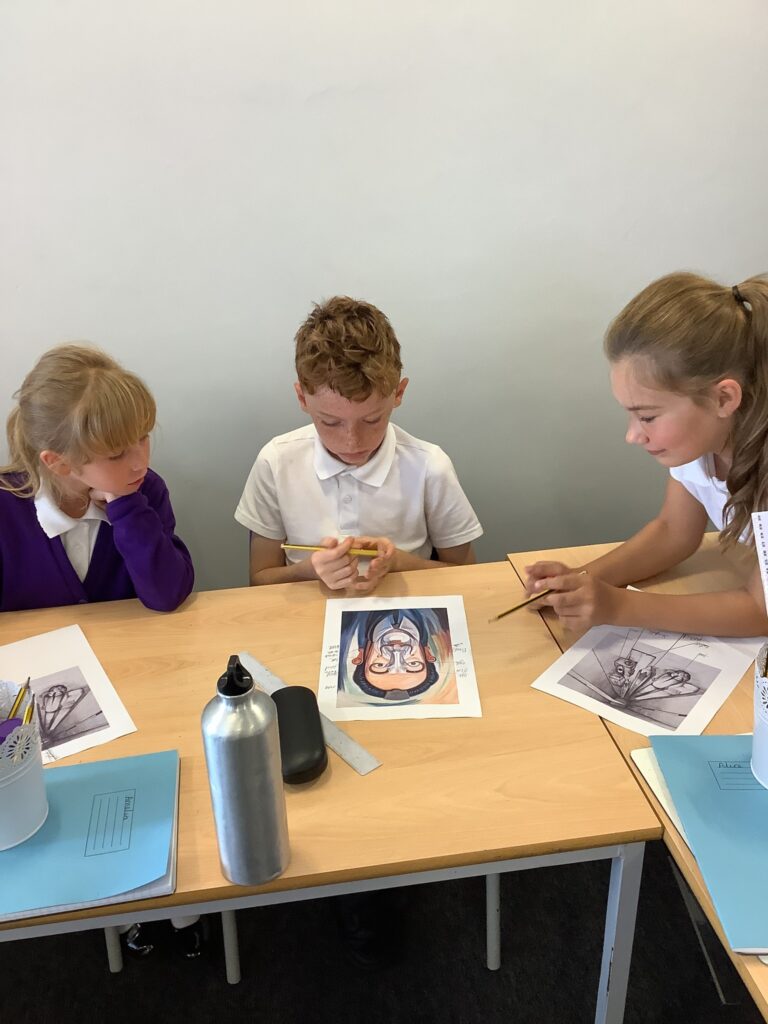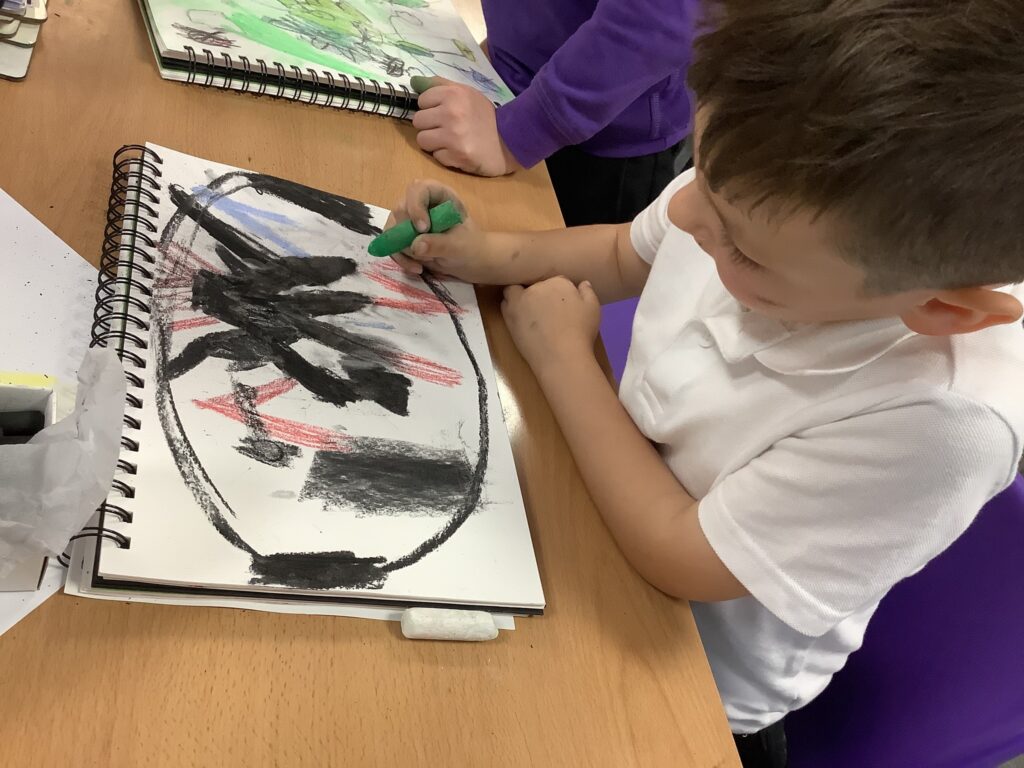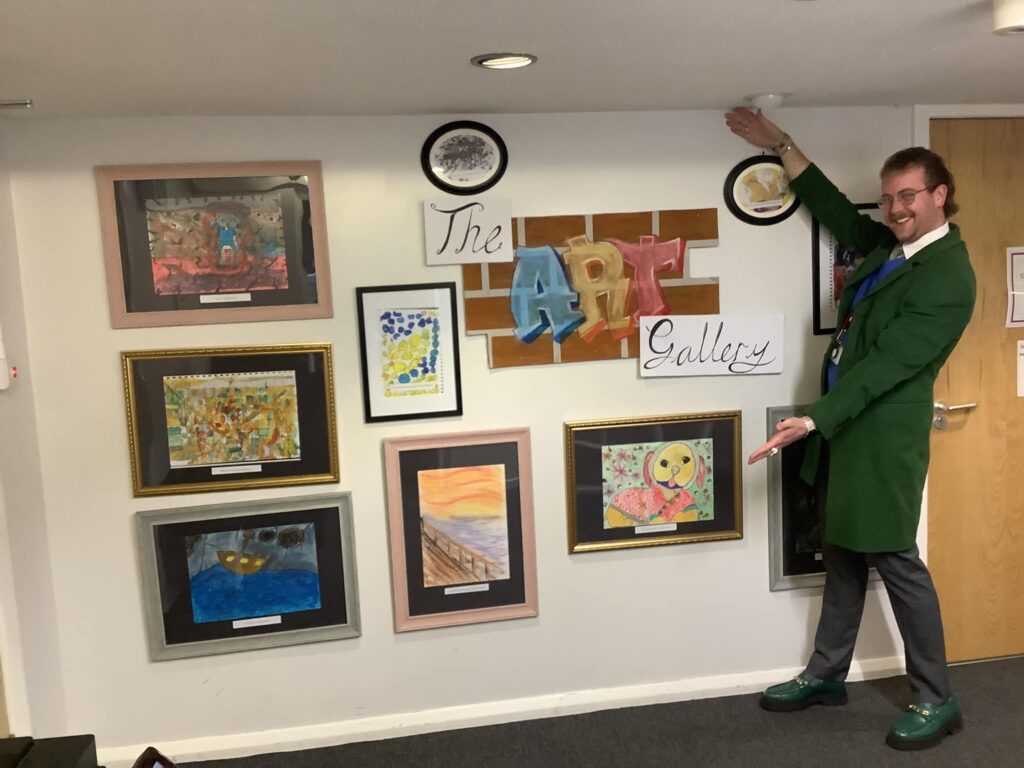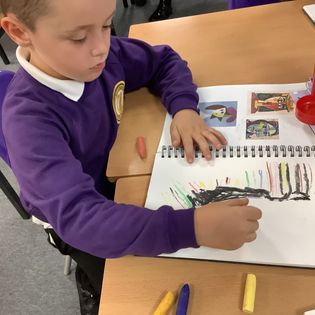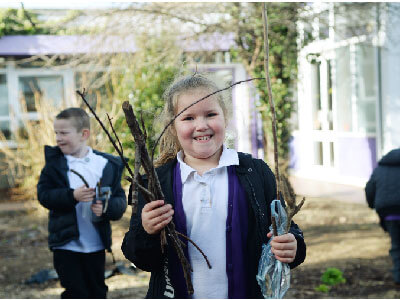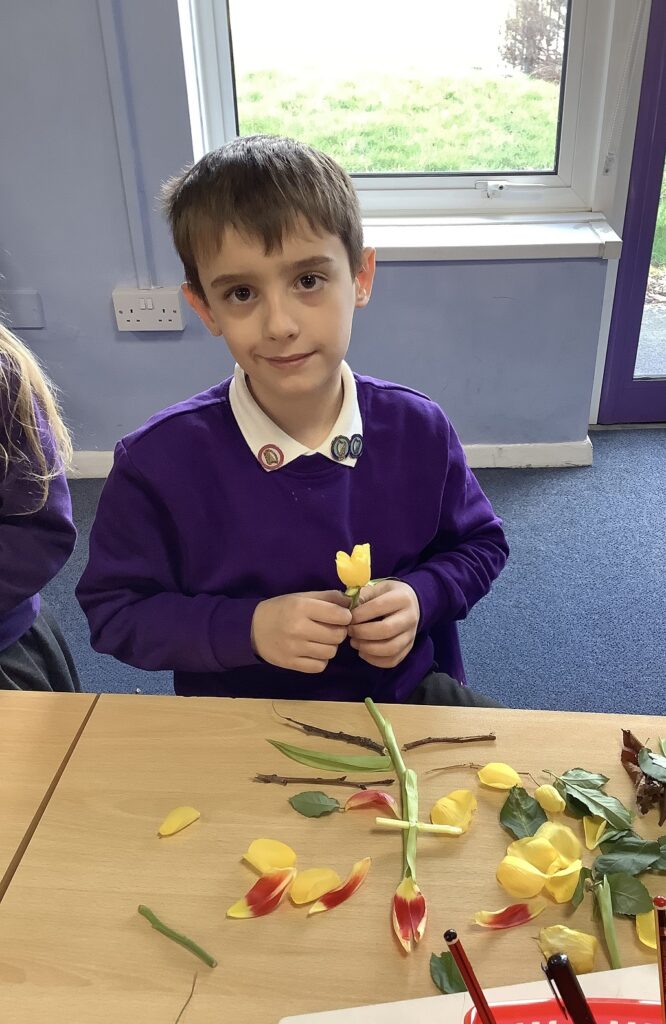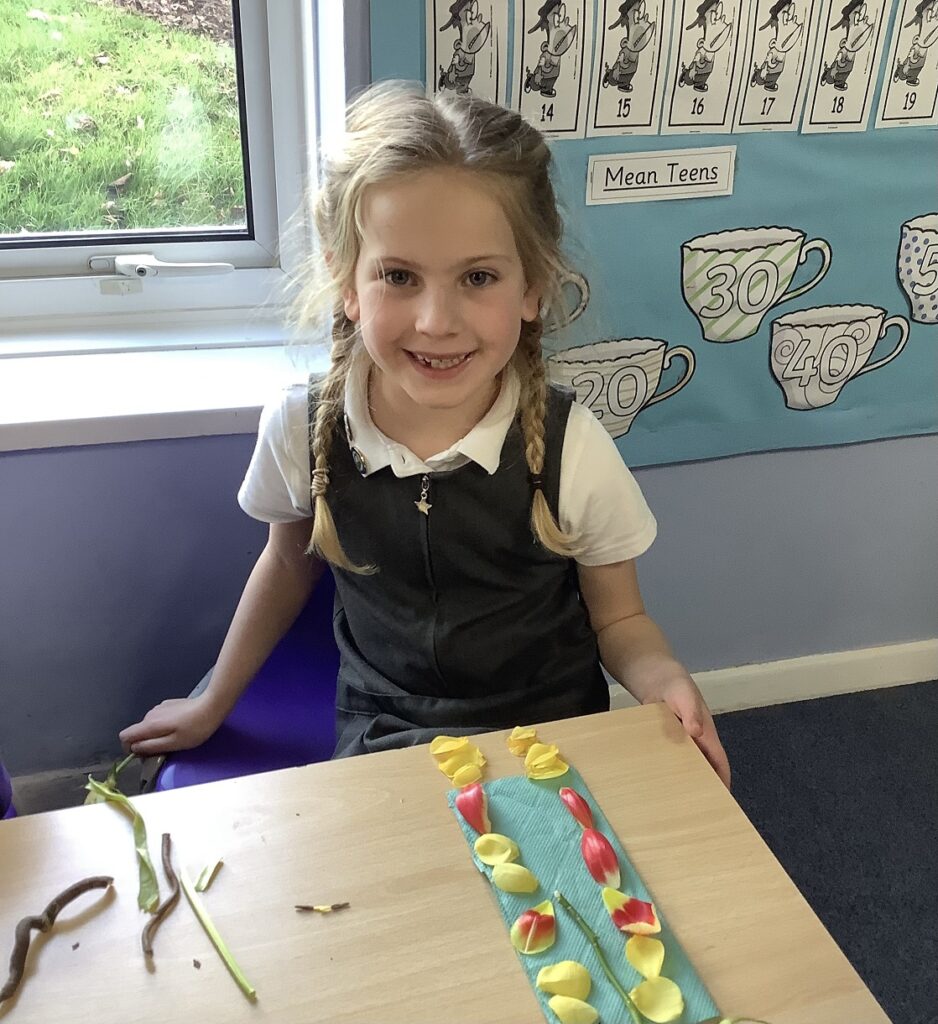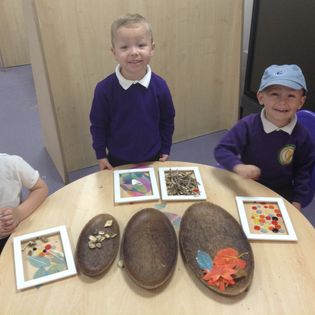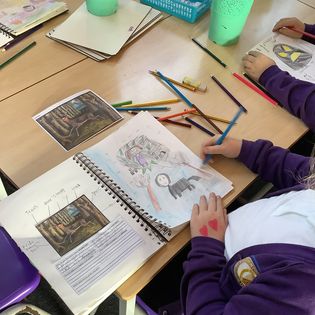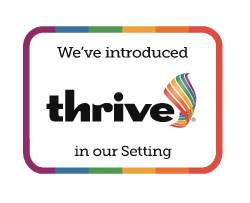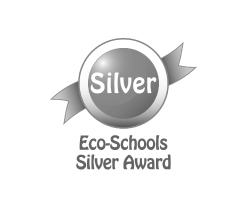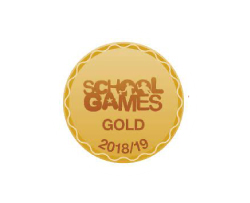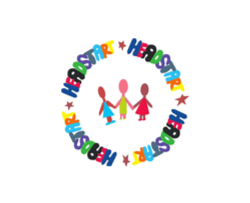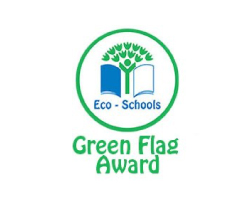Intent
Rationale
At Caedmon Primary, we believe that Art and Design is essential for all children to participate in and should inspire and challenge all pupils, equipping them with the knowledge and skills to experiment, invent and create their own unique works of art, craft and design.
Aims
Art and Design at Caedmon enhances the children’s understanding and enjoyment of the world
around them through art. It is our children’s entitlement to be able to share and express their individual creativity and imagination through a range of artistic experiences. We want our children to have a natural sense of wonder and curiosity when studying a wide variety of art. We empower children to discover a range of artists that will enable them to explore their own and others’ cultural heritage in order to develop their appreciation of artforms from across the ages and develop their own ideas and artistic preferences. The ability to control materials, tools and techniques will enable children to foster an enjoyment and appreciation of the arts – drawing, painting, printing and sculpture.
At Caedmon, we want our children to see the enjoyment and satisfaction in the process of producing art. It is through the children’s personalised experience of art that we enable the children to feel safe, secure and happy to produce their most creative work.
Key Concepts
Through the key concepts of: Drawing; Painting; Sculpture and Knowledge of Artists & Movements, children are given the opportunity to explore and build skills in the various areas of art and design.
Skills Progression
Our curriculum takes children on their journey from Nursery right through to Year 6.
In Nursery and Reception:
Our Early Years curriculum for Nursery and Reception pupils follows the ‘Early Years Framework’ which then links into Years 1-6 where we follow the National Curriculum for Art. We have designed a sequenced and progressive long term planning format to ensure that lessons build on prior knowledge and enable our pupils to know more and remember more. Please visit our Early Years page within this section of the website to find out more.
In Key Stage One, children will:
● create sketch books to record their observations and their artistic achievements
which will follow their artistic journey through school.
● use a range of materials creatively to design and make products.
● use drawing, painting and sculpture to develop and share their ideas, experiences and
imagination.
● develop a wide range of art and design techniques in using colour, pattern, texture,
line, shape, form and space.
● learn about the work of a range of artists, craft makers and designers, describing the
differences and similarities between different practices and disciplines, and making
links to their own work.
In Key Stage Two, children will:
● create sketch books to record their observations and use them to review and revisit ideas.
● improve their mastery of art and design techniques, including drawing, painting and
sculpture with a range of materials.
● learn about great artists, architects and designers in history.
Core Skills
Communicate ideas, compare, explore new concepts through experimentation, construct,
describe, draw, evaluate, express, observe, represent, select appropriate tools and media.
Literacy Skills
The children will use oracy skills to discuss artwork, using the concept of ‘I see, I think, I wonder, I feel’
to explore and deepen their understanding of known and new artworks.
The children will use literacy skills to evaluate their own work and those of their peers, suggesting
possible improvements to work.
Mathematical / Numeracy Skills
Pattern, repetition, shape, symmetry, reflection, translation.
Implementation
Strategies and Teaching Resources
At Caedmon Primary, all pupils are taught art through an artistic process. This runs through each and every topic and will provide children with project management knowledge and skills that they will be able to apply to many areas in the future.
Children are given opportunities to present their sense of vision through observation, experimentation and illustration. Pupils are encouraged to use their imagination through a wide variety of media and manipulative skills are developed.
Children present their work in sketchbooks that follow them through school from Year 1 to Year 6. Where appropriate, we use artist workshops and involvement in art events/projects where and when possible. We visit exhibitions, museums and galleries to deepen the children’s understanding and enjoyment of the subject.
Our Art Gallery displays work that our children are proud of in a central place in school.
Use of artist studies, pencils, crayons, chalk, pastels, charcoal, clay and shaping tools, natural and
recyclable sculpture media i.e. Modroc, clay, wire, plastic, wood, willow, natural , environmental
and recyclable printing materials, foam boards, cardboard and string for print plates, water colour
paint, ready mix paint and inks, powder paints, paint tools of various sizes i.e. brushes, sponges,
pads, rollers, different weights of paper – manipulations for 3D, digital art apps, iPads and use of
camera for digital image making.
Impact
Our learners will…
Engage with a range of arts experiences across the curriculum with an emphasis on the development of understanding and skills in art and design. They will be able to express themselves creatively and communicate what they see, think, wonder and feel through the direct teaching of art history and appreciation, use of colour, texture, form, pattern, construction through different materials and processes. Our children will begin to develop awareness of the emotional impact the arts have on themselves and on their audience and they will be able to draw conclusions and make comparisons of art across the globe. Our children will become involved in shaping their environment through art and design activities across the curriculum.
